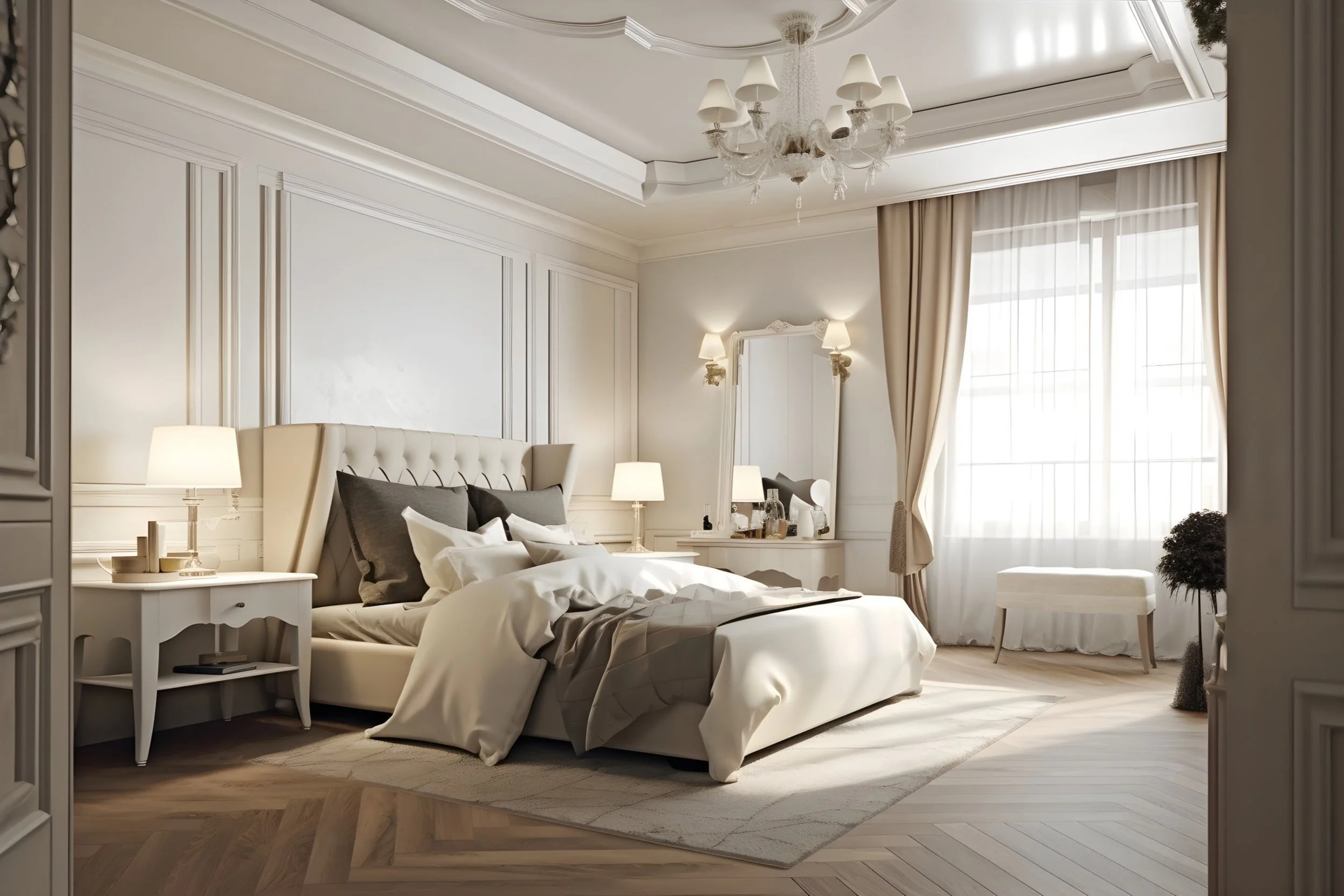5 Tricks To Make A Room Look More Expensive
Creating a luxurious and expensive-looking room doesn't necessarily require a hefty budget or hiring a professional interior designer. With a few clever tricks and design principles, you can transform any space into a high-end retreat that exudes elegance and sophistication. Whether you want to elevate your living room, bedroom, or even your bathroom, these five tricks will help you achieve a more expensive and lavish ambiance without breaking the bank.
1. Focus on Quality, Not Quantity
The key to making a room look more expensive lies in investing in high-quality, well-crafted pieces rather than cluttering the space with numerous cheap items. Opt for classic and timeless furniture pieces that boast exquisite craftsmanship and materials. Look for solid wood furniture, top-grain leather sofas, and sturdy metal accents. Quality pieces not only last longer but also make a stronger visual impact, elevating the overall aesthetic of the room.
Incorporate plush and luxurious fabrics for upholstery and curtains. Velvet, silk, and faux fur add an opulent touch and create a sense of luxury. Remember, less is often more in creating an upscale atmosphere, so choose a few statement pieces rather than cramming the room with mediocre ones.
2. Pay Attention to Lighting
Proper lighting can make a world of difference in how a room is perceived. To add an expensive feel to your space, focus on layered lighting. Incorporate a combination of ambient, task, and accent lighting to create depth and drama. Chandeliers, wall sconces, and floor lamps not only provide ample illumination but also serve as eye-catching design elements that exude luxury.
Consider investing in dimmer switches to control the intensity of the lighting and set the mood according to the occasion. Soft, warm, and indirect lighting can create a cozy and inviting ambiance that instantly makes the room feel more luxurious.
3. Use Mirrors Strategically
Mirrors are a powerful tool in interior design, capable of making a room appear more spacious, brighter, and grander. When placed strategically, mirrors can also add a touch of glamour and sophistication. Choose large mirrors with elegant frames and position them across from windows or opposite reflective surfaces to maximize their impact.
Mirrored furniture pieces, such as coffee tables or nightstands, can also add a lavish feel to the room. The reflective surfaces create an illusion of more space and add a glamorous touch that elevates the overall decor.
4. Embrace Neutral and Monochromatic Color Schemes
Neutral and monochromatic color schemes are a staple in upscale interior design. They create a sense of cohesion and sophistication throughout the room. Shades like ivory, taupe, charcoal, and soft greys form an elegant backdrop that allows other design elements to shine.
To add depth to the space, incorporate varying textures and patterns within the chosen color palette. This approach keeps the room from appearing flat or dull while maintaining a sense of opulence and harmony.
5. Pay Attention to Details
The devil is in the details, and this couldn't be truer when it comes to creating an expensive-looking room. Small touches like decorative molding, intricate hardware, and well-chosen accessories can elevate the entire space.
Invest in high-quality, luxurious-looking accessories such as decorative vases, plush throw pillows, and fine art pieces. Display your cherished items thoughtfully to create a curated and sophisticated look. Remember to keep the space clutter-free, allowing the eye to focus on the well-selected accents that define the room's character.
In conclusion, creating an expensive-looking room is more about smart choices and attention to detail than a vast budget. Focus on quality over quantity, experiment with lighting, use mirrors strategically, opt for neutral color schemes, and pay attention to the finer details. By applying these five tricks, you'll transform your space into a lavish haven that exudes elegance and charm, without the hefty price tag.

